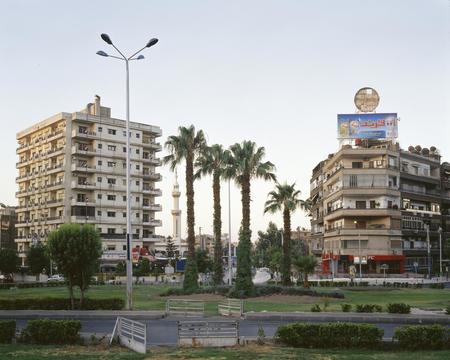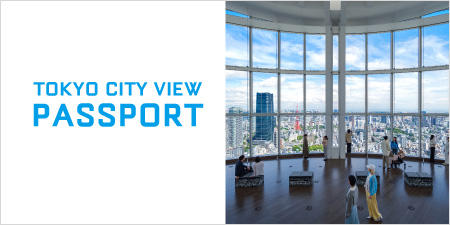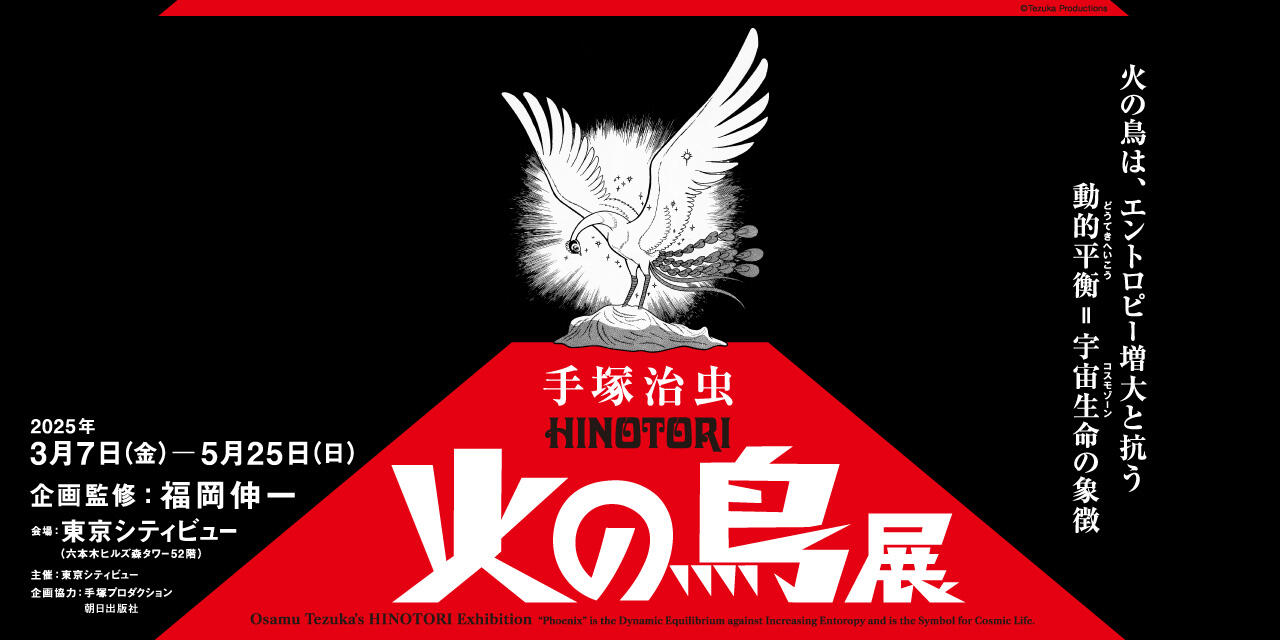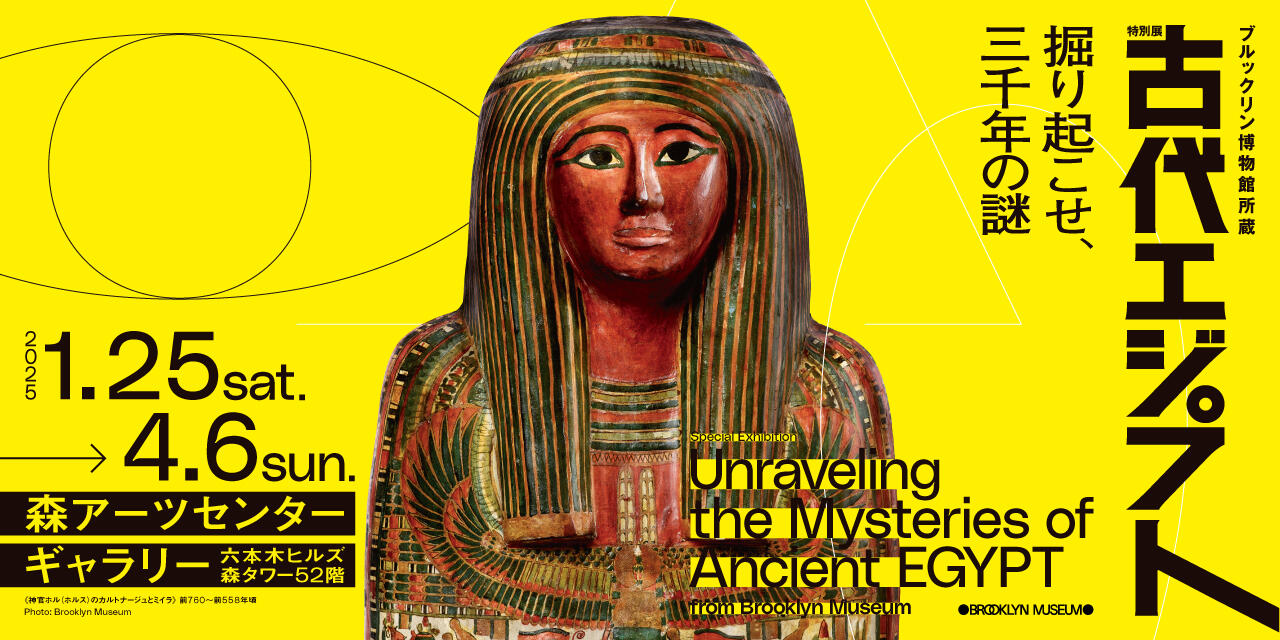Execution Squares (No. 2)
| Artist | : | Hrair Sarkissian (1973-) |
|---|---|---|
| Nationality | : | Syria |
| Year | : | 2008 |
| Material | : | Archival inkjet print mounted on aluminum |
| Size | : | 60.5 x 77.4 cm |
Born and raised in Damascus, the Syrian photographer Hrair Sarkissian trained at his father’s studio, but stints as an assistant to European photographers introduced him to contemporary photography, and he went on to major in photography at the Gerrit Rietveld Academie in Amsterdam. Sarkissian’s work, which employs the traditional approaches of large-format documentary photography, reflects his personal memories and invites us to subjectively contemplate the things that lie in the background of photographic images (emptiness, the lack of people, quietude, etc.) and find the other stories that don’t appear in official histories. His recent exhibitions include the Venice Biennale (2019), Sharjah Biennial (UAE, 2019), and British Art Show 9 (touring around UK, 2021-2022).
These exhibits seem to show tranquil, even dry, nondescript landscapes shot in a deadpan style, but when we look at the title of the series and realize that these are plazas in three cities in Syria (Aleppo, Latakia, Damascus) where public executions used to take place, the spaces suddenly appear filled with menace. The public executions at these locations were often held early in the morning, which is also when the photographs were shot. The composition of the images, intentionally bereft of signs of life, feels unnatural for plazas that would ordinarily be buzzing with activity, and an eerie tension pervades the scenes. When we consider Sarkissian’s background as a Syrian born into a family that is ethnically Armenian, it throws up the issues of the Armenian genocide during World War I and the ongoing civil war in Syria, and the series takes on a highly political nature.
-

Hrair SarkissianExecution Squares (No. 2)2008Archival inkjet print mounted on aluminum60.5 x 77.4 cm
Hrair SarkissianExecution Squares (No. 2)2008Archival inkjet print mounted on aluminum60.5 x 77.4 cm
Execution Squares (No. 2)
| Artist | : | Hrair Sarkissian (1973-) |
|---|---|---|
| Nationality | : | Syria |
| Year | : | 2008 |
| Material | : | Archival inkjet print mounted on aluminum |
| Size | : | 60.5 x 77.4 cm |
Born and raised in Damascus, the Syrian photographer Hrair Sarkissian trained at his father’s studio, but stints as an assistant to European photographers introduced him to contemporary photography, and he went on to major in photography at the Gerrit Rietveld Academie in Amsterdam. Sarkissian’s work, which employs the traditional approaches of large-format documentary photography, reflects his personal memories and invites us to subjectively contemplate the things that lie in the background of photographic images (emptiness, the lack of people, quietude, etc.) and find the other stories that don’t appear in official histories. His recent exhibitions include the Venice Biennale (2019), Sharjah Biennial (UAE, 2019), and British Art Show 9 (touring around UK, 2021-2022).
These exhibits seem to show tranquil, even dry, nondescript landscapes shot in a deadpan style, but when we look at the title of the series and realize that these are plazas in three cities in Syria (Aleppo, Latakia, Damascus) where public executions used to take place, the spaces suddenly appear filled with menace. The public executions at these locations were often held early in the morning, which is also when the photographs were shot. The composition of the images, intentionally bereft of signs of life, feels unnatural for plazas that would ordinarily be buzzing with activity, and an eerie tension pervades the scenes. When we consider Sarkissian’s background as a Syrian born into a family that is ethnically Armenian, it throws up the issues of the Armenian genocide during World War I and the ongoing civil war in Syria, and the series takes on a highly political nature.








